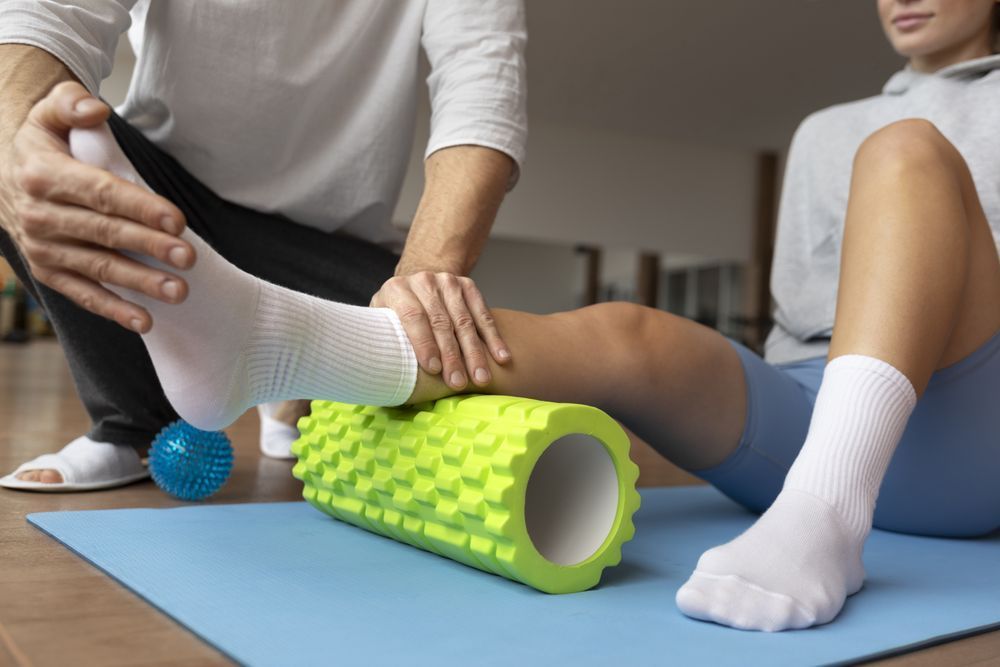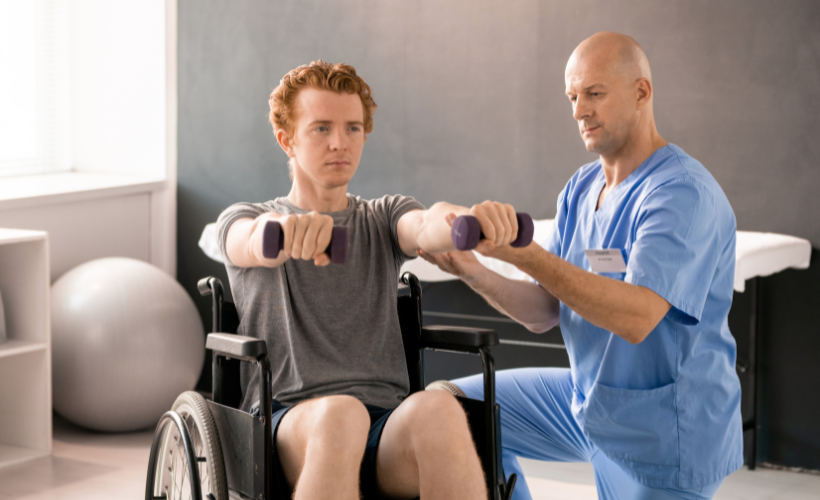Physical Therapy for Spine and Back Pain: An Important Part of Spine Care

Whether you are recuperating from a spinal procedure or a spine/back injury, physical therapy can help with recovery. You'll reduce the risk of more damage to the body, speed up the healing process, and stay on the right track.
At ProTouch Physical Therapy, we will help you create the ideal treatment plan for back, spine, and neck pain. This often includes a range of therapeutic exercise options. Here's what to know from our experts.
Why PT Is an Important Part of Spine Care
If your physician or treatment care team has recommended physical therapy, you may wonder what the process includes. It can be daunting, but most patients find that they enjoy PT and appreciate the guidance during recovery.
For back and spine issues, therapy is often used in these ways:
- Post-procedure recovery
- Treatment of the injury
- Prevention
After sustaining a spinal or back injury, your physical therapist will use a modality, such as ultrasound or electoral stimulation, to reduce pain. Such treatment methods can help, but we also focus on the source of the discomfort and provide educational materials to ensure you can manage your condition on your own.
Typically, we begin the PT process with an assessment of your condition, recovery goals, activities, lifestyle, and history. This helps us guide you through everything and ensures you resume what you did before the issue arose.
Following our evaluation, the therapy sessions begin. What can you expect during this process?
Generally, we focus on hands-on manual therapy to help mobilize restricted joints and tissues or release tension in certain areas.
Your therapist will start teaching you about targeted exercises you can do on your own after manually working on a particular area.
Overall, we focus on strengthening exercises, stretching, and more.
Ultimately, physical therapy focuses on returning you to your normal daily activities. We want you to reach your mobility goals with less pain and more flexibility and strength. Having objectives in place will often help patients go back to doing what they did before the injury and reduce the risk of further damage in the future.
Benefits of Physical Therapy for the Spine and Back Muscles
There are many advantages of seeking physical therapy for spine and back pain. These include:
Personalized Care
One of the biggest benefits of getting PT is that the therapist doesn't use a one-size-fits-all approach. They'll focus on your age, body type, lifestyle, existing health problems, and more. Then, they will come up with the best solution to meet your specific needs.

Restored Mobility
Physical therapists are there to treat pain, but they also find the root cause of your discomfort. For example, if you experience stiffness, they will ease that for you. If your back muscles are weak, they'll recommend exercises to help you recover a full range of motion to improve your quality of life.

Decreased Pain
Typically, the main goal of PT is to help relieve pain. The therapist will look at how you walk/run and much more. Then, they can suggest specific exercises to stretch those painful areas and reduce the discomfort you feel.

Reduced Risk of Falls
Poor posture and degenerative diseases can increase your chances of falling. However, physical therapy and exercise can improve balance and coordination by strengthening the muscles that support the spine.

Reduced Risk of More Injuries
Many people find that they must do repetitive movements at their job or because they're athletes. Physical therapy takes into account those types of things. A therapist will generally focus on stretches to support the spine and avoid future injuries.

Reduced Dependence on Pain Medication
Following spine surgery, many people deal with long-term pain issues. While medication is crucial initially to allow the mind to heal and rest, no one wants to be dependent on medicine, such as opioids.
Overall, physical therapy is an alternative option to address pain from surgery. We will always ensure that you're as comfortable as can be, but our team focuses on weaning you off of medications as soon as possible.

Tackling General Health Problems
Most people don't realize that physical therapy can help manage age-related health issues, such as osteoporosis, arthritis, and joint pain. It's often safer and more conservative than surgery or medication.

Possibly Eliminating the Need for Surgery
Surgery should be a last resort, and physical therapy is a proactive way to promote back health so that you can continue with your daily activities. Of course, surgical procedures might be necessary, and we can help you decide if it's essential.

When Spine Surgery Might Be Necessary
Ideally, a physical therapist will assess your flexibility, posture, and strength when you first notice the signs of declining function and discomfort. When we catch those issues early, it's possible to reduce the chance of another injury and more extensive treatments.
Whenever you meet with the physical therapist, they'll work on developing a personalized plan. This will help you address support deficits, which are areas of your lifestyle that might increase the damage to your spine or back. If we pinpoint those concerning situations, they may prevent you from requiring surgery.
Sometimes, surgery is necessary because the spine or back injury has progressed beyond PT effectiveness. However, we will work closely with the surgeon to ensure that you recover quickly.
Preventative physical therapy primarily focuses on helping you learn the movements, exercises, and activities you should perform to build your strength. Our team will teach you ways to protect the surgical area and return to full activities gradually and safely.
Everyone wants to reduce stiffness and improve mobility. Typically, the best course of action is corrective surgery. Physical therapy is often used for pain management and recovery, which is why it's so important to find the right therapist for the job.
Why Partner With ProTouch Physical Therapy
Protecting your spine is one of the most important things. When you're in pain, all you want to do is help your back feel better, and ProTouch Physical
Therapy can assist. We will handle all your rehabilitation needs, including:
- Spine correction
- Spinal pain relief
- Poor posture treatment
- Low back pain relief
- Orthopedic treatments
- Physiotherapy
If you want to find the source of your pain and deal with spine and back issues before they become worse, contact us today.


